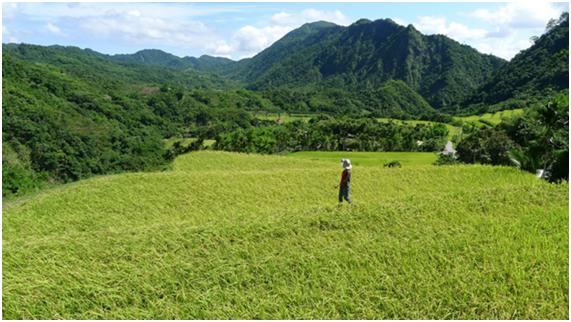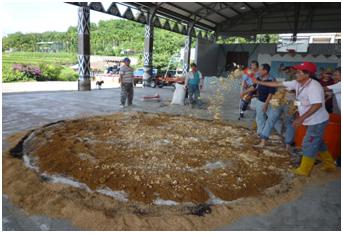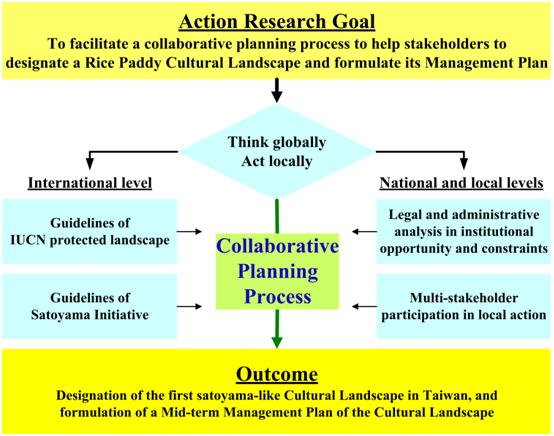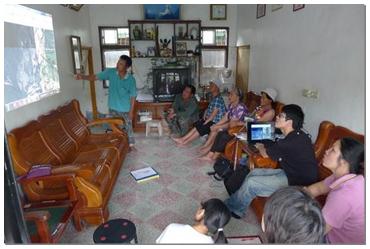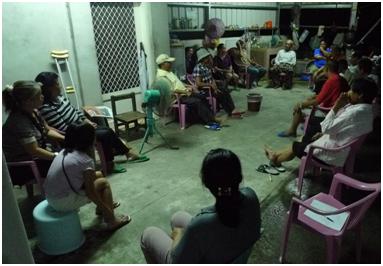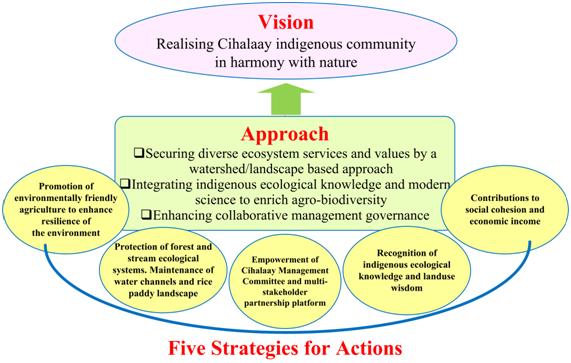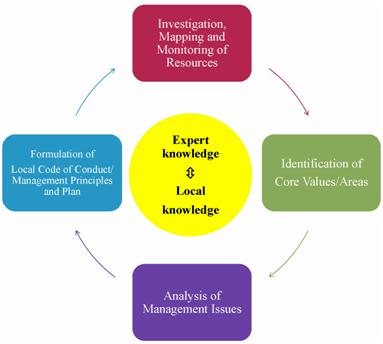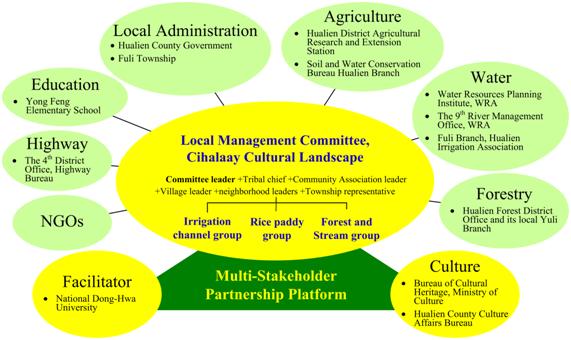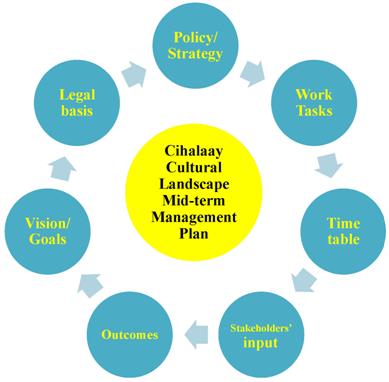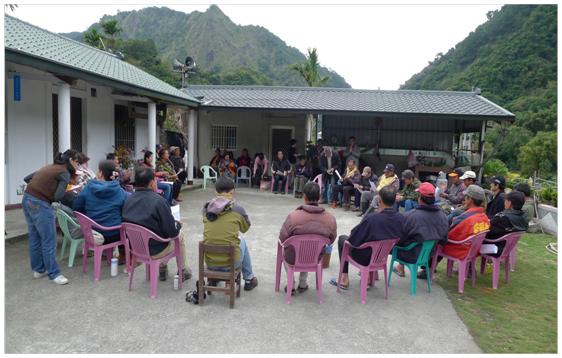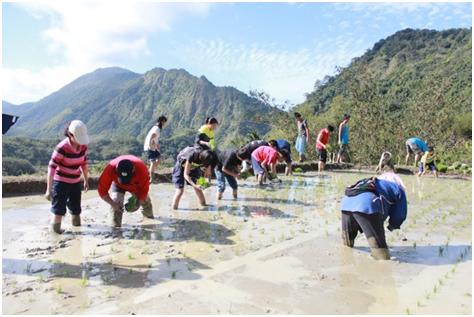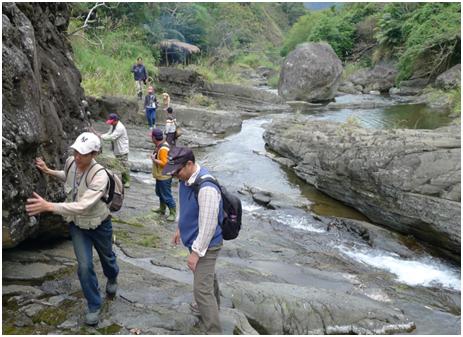Collaborative Planning and Management of Socio-Ecological Production Landscapes: a Rice Paddy Cultural Landscape Conservation in an Indigenous Community, Taiwan
01.05.2014
-
SUBMITTED ORGANISATION :
-
National Dong-Hwa University
-
DATE OF SUBMISSION :
-
01/05/2014
-
REGION :
-
Eastern Asia
-
COUNTRY :
-
Chinese Taipei (Hualien County)
-
SUMMARY :
-
In 2005, the idea of landscape/seascape conservation was introduced into the amended Cultural Heritage Preservation Act as a new legal subject entitled ‘Cultural Landscape' in Taiwan. Unlike traditional strict protected areas, namely the IUCN protected area category I-IV, the Cultural Landscape is a new concept to Taiwan that emphasizes the interaction of local people and the land. In order to help stakeholders of governmental authorities and local communities to apply this new instrument, the researcher employs a community-based participatory approach to enhancing partnership among them. The research has especially learnt from the operational guidelines of IUCN protected area category V (the protected landscapes) and the Satoyama Initiative as well as the goal of ICCA aimed at empowerment of local indigenous community. A pilot study area of a rice paddy production landscape in the indigenous Fengnan village, Hualien County was selected as a potential Cultural Landscape site. A participatory action research was conducted by the researcher in light of the collaborative planning theory and methods to enhance partnership among the villagers, the local authorities officers and experts. Various formal and informal forums were conducted in the local area from 2011 to 2014 to achieve consensus on the Codes of Conduct as well as the Management Plan for the Cultural Landscape. Through intense communication on the forums, stakeholders jointly designated the site as a legal Cultural Landscape, developed a mid-term Cultural Landscape Conservation Plan and set up a local management committee for implementation of the Plan. The case study shows that a landscape approach based on the idea of the Satoyama Initiative and ICCA can be more welcomed by local people and create a new style of ‘living' protected landscape into Taiwan's national protected area system.
-
KEYWORD :
-
collaborative planning, cultural landscape, stakeholder participation, public forum, socio-ecological production landscape
-
AUTHOR:
-
Dr. Kuang-Chung Lee, a member of IUCN-WCPA since 2006, has six year work experience in the Nature Conservation Division of the Council of Agriculture (COA) as well as in the Tarorko National Park Headquarters from 1991 to 1997. He is now an associate professor in the Department of Nature Resources and Environmental Studies of the National Dong-Hwa University. From 2002 to the present, he has led and carried out eighteen research projects which mainly focused on community participation, collaborative planning and management of rural areas and different IUCN categories of protected areas in Taiwan.
-
LINK:
-
Website link of the Department of Natural Resources and Environmental Studies, National Dong-Hwa University: http://www.ces.ndhu.edu.tw/files/11-1020-8062.php



